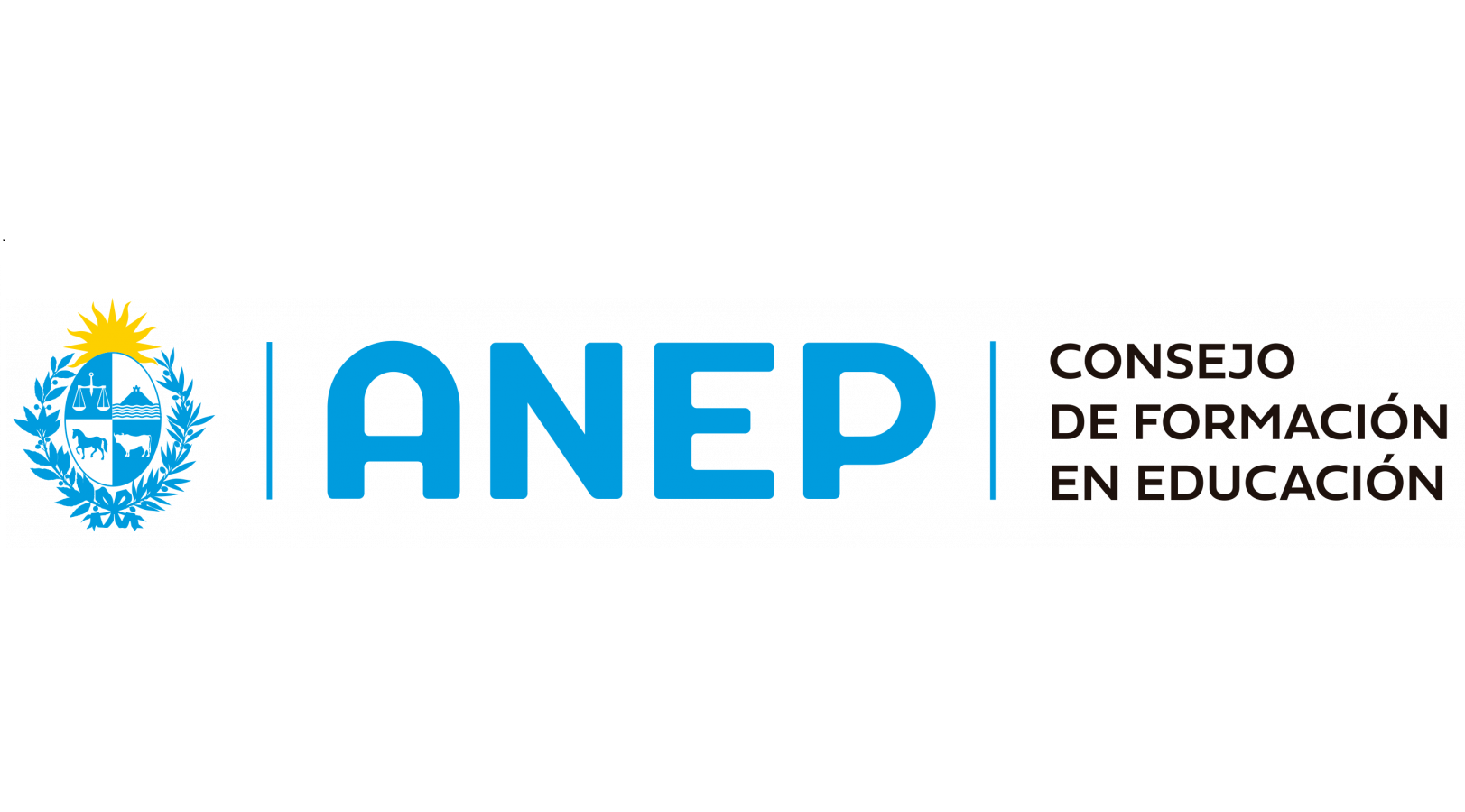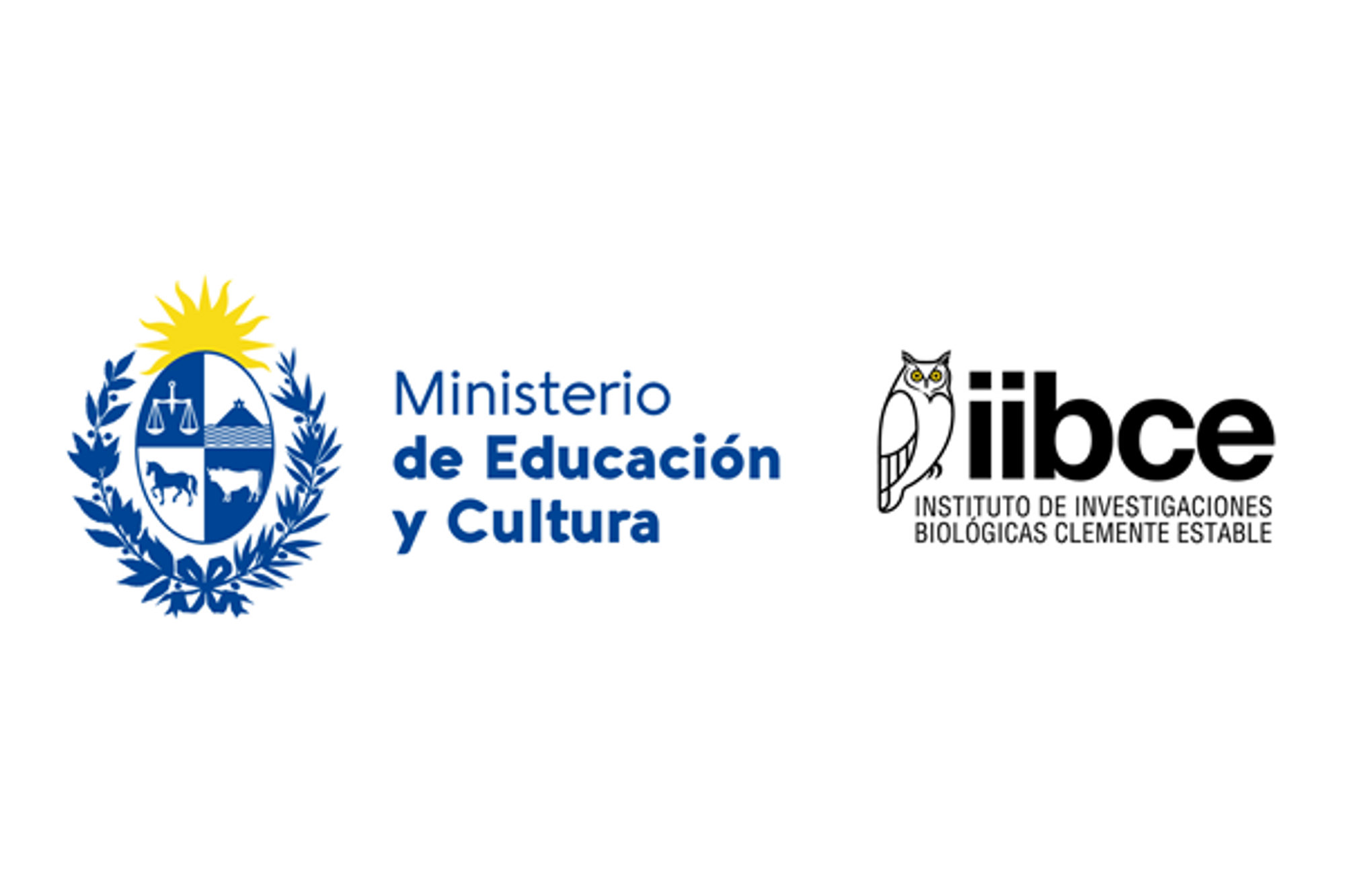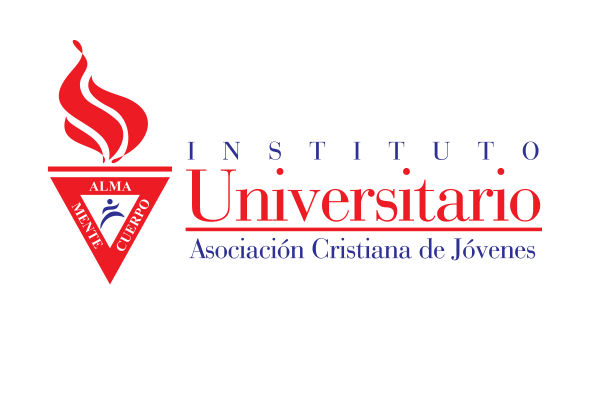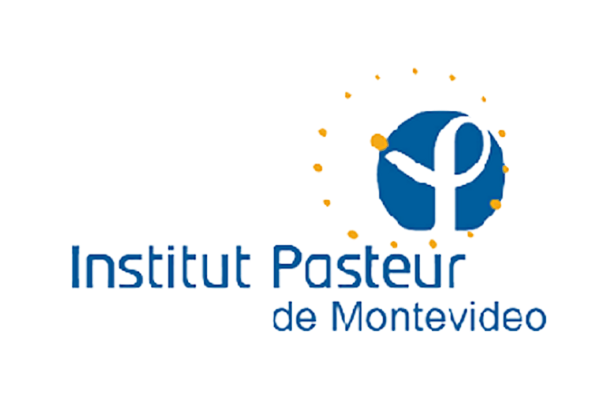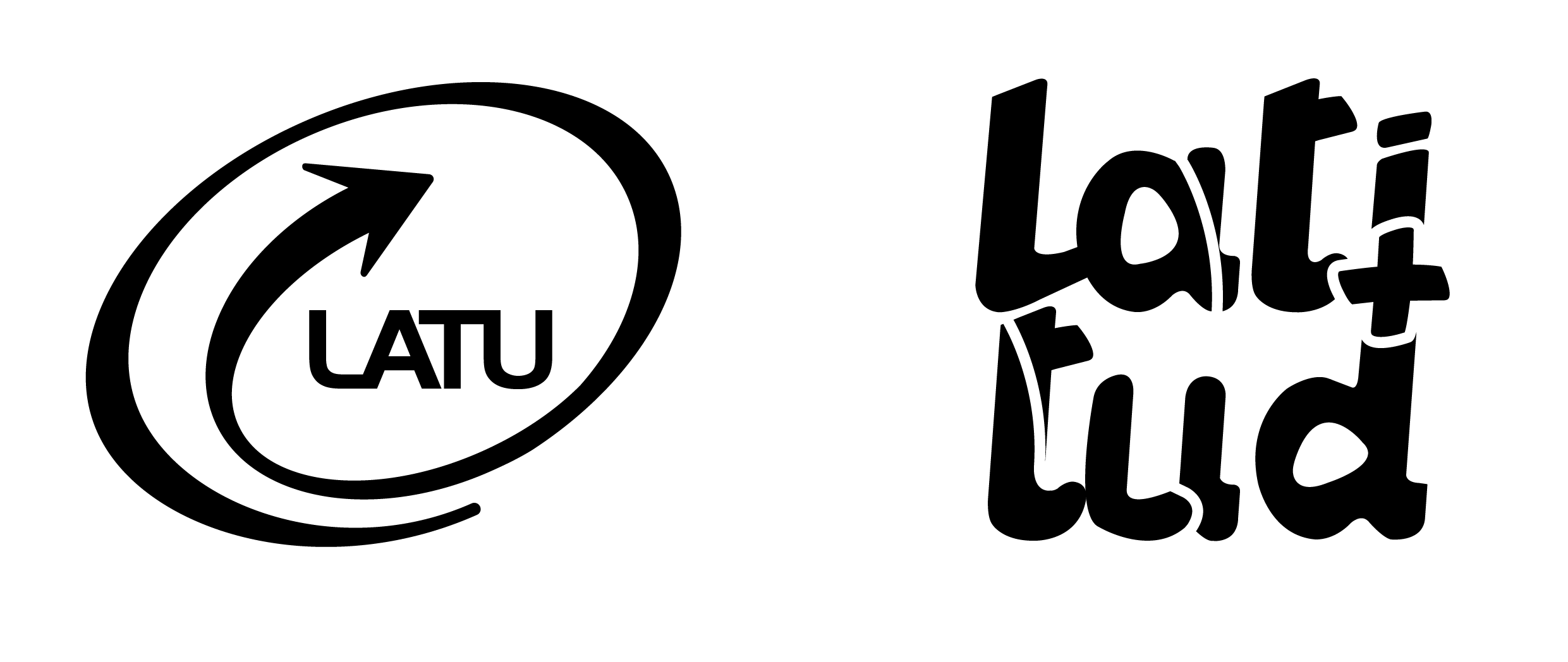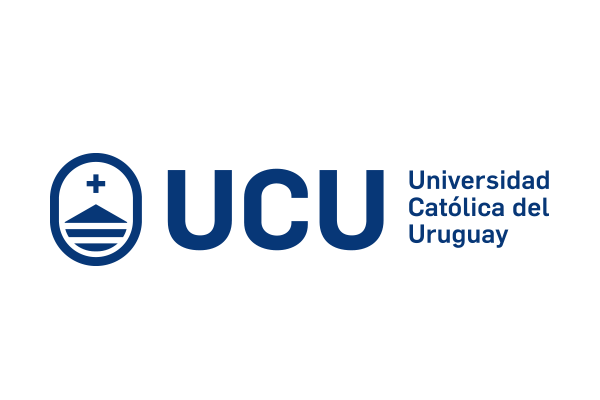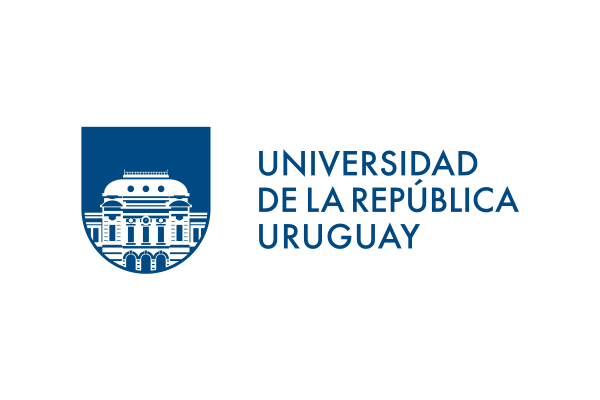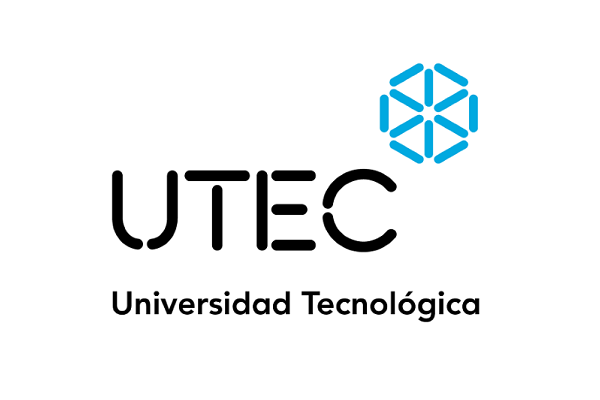Comportamiento del turismo nostálgico en Uruguay y Chile
Resumen:
El turismo es una de las actividades más importantes para la economía uruguaya y para muchos países de América Latina. Implica más empleo, mejora en la actividad económica y mayor ingreso de divisas. Este trabajo se focaliza en el turismo de visitantes de amigos y parientes (VFR por sus siglas en inglés) o turismo nostálgico, que se refiere a las personas que emigraron de su propio país y que regresan a visitarlo como turistas porque tienen sus familiares, amigos y, además, nostalgia por su país de origen. Estos turistas tienen una dinámica y comportamiento de visita y de gasto diferente al turismo tradicional. En este trabajo comparamos el comportamiento de los turistas VFR de Chile y Uruguay considerando las variaciones en los ingresos, precios y tipos de cambio. Asimismo, estudiamos el comportamiento de los turistas argentinos para compararlos con los VFR, ya que Argentina es el país donde mayoritariamente viven los migrantes chilenos y uruguayos. Utilizamos la metodología de Johansen a través del modelo de corrección de error (VEC) intentando hallar relaciones de cointegración. Entre los principales resultados encontramos varias relaciones de cointegración entre el ingreso, la demanda turística y el tipo de cambio real de Chile y Argentina y de Argentina y Uruguay. Al aumentar la actividad económica de Chile en un punto porcentual, el arribo de turistas chilenos VFR se incrementa 1,7%. En el caso de los turistas argentinos a Chile, al crecer la actividad económica 1%, aumentan 2,6%. En el caso de Uruguay, los resultados indican que al incrementarse 1% la actividad económica, la llegada de turistas uruguayos VFR aumenta 2,5%, mientras que ante una mejora de la actividad económica de Argentina en 1%, los visitantes provenientes de ese país hacia Uruguay aumentan 5%. Estos resultados ratifican al turismo como un bien de lujo, aunque la elasticidad ingreso es menor para el turismo VFR que para los visitantes extranjeros.
Tourism is one of the most important activities for the Uruguayan economy and for many Latin American countries. It implies more employment, improved economic activity and higher foreign exchange earnings. This work focuses on visiting friends and relatives’ tourism (VFR) or nostalgic tourism, which refers to people who emigrated from their own country and return to visit as tourists because they have family, friends, and nostalgia for their country of origin. These tourists have a dynamic and behavior of visit and expense different from traditional tourism. In this paper we compare the behavior of VFR tourists from Chile and Uruguay considering the variations in income, prices and exchange rates. We also studied the behavior of Argentinean tourists in order to compare them with the VFR, since Argentina is the country where most Chilean and Uruguayan migrants live. We used Johansen's methodology through the error correction model (VEC) trying to find co-integration relationships. Among the main results we find several co-integration relationships between income, tourism demand and the real exchange rate of Chile and Argentina and Argentina and Uruguay. By increasing Chile's economic activity by one percentage point, the arrival of Chilean VFR tourists increases by 1.7%. In the case of Argentine tourists to Chile, as economic activity grew 1%, increased 2.6%. In the case of Uruguay, the results indicate that with a 1% increase in economic activity, the arrival of Uruguayan VFR tourists increases by 2.5%, while with an improvement in economic activity in Argentina by 1%, visitors from that country to Uruguay increase by 5%. These results ratify tourism as a luxury good, although income elasticity is lower for VFR tourism than for foreign visitors.
| 2019 | |
|
Turismo VFR Tipo de cambio real Cointegración VFR tourism Real exchange rate Cointegration ECONOMIA DEL TURISMO |
|
| Español | |
| Universidad de la República | |
| COLIBRI | |
| https://hdl.handle.net/20.500.12008/23159 | |
| Acceso abierto | |
| Licencia Creative Commons Atribución - No Comercial - Sin Derivadas (CC - By-NC-ND 4.0) |

